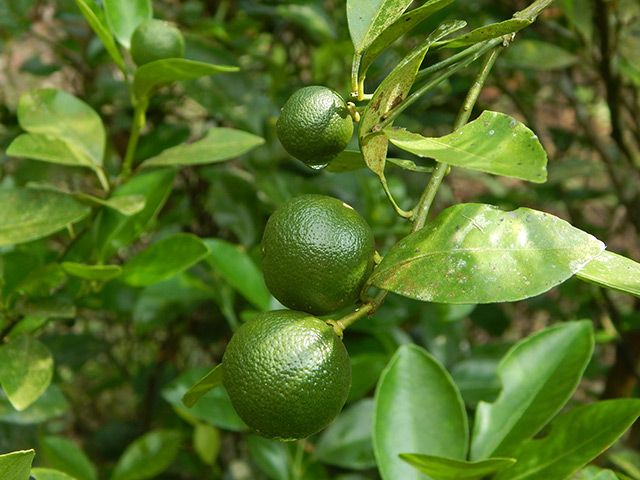The Philippine calamansi found to have great anticancer potential
03/05/2019 / By Michelle Simmons

Researchers from the Philippines suggest that calamansi (Citrus microcarpa B.) has powerful anticancer potential. In their study, which was published in the journal Industrial Crops and Products, they aimed to determine the volatile composition, d-limonene content, and cytotoxicity of calamansi essential oil.
- Interest in the use of natural products has been renewed due to widespread drug resistance today.
- Calamansi is an essential oil-rich citrus from the Philippines popularly used in beverages and condiments. However, its wastes from processing plants are underutilized and may pose environmental concerns if not properly processed.
- Based on the researchers’ findings, they found that d-limonene is the main constituent of calamansi essential oil, comprising at least 92.67 percent of the total oil.
- The researchers also tested the cytotoxicity of calamansi essential oil on human mammary tumor cell line MCF-7 and Chinese hamster ovary non-tumor cell line AA8 and found that it exhibited great cytotoxicity activity.
- The cytotoxicity activity of calamansi essential oil appeared to be greater on the human mammary tumor cell line than the ovary non-tumor animal cell line.
- The cytotoxicity activity of calamansi essential oil can be directly attributed to its high d-limonene content.
- The presence of other compounds in the essential may also have synergistic effects with d-limonene.
- The researchers suggest that these findings may offer economic benefit to the Philippine calamansi industry, which produces a large amount of calamansi pericarp waste.
From these findings, the researchers conclude that calamansi essential oil can potentially be used as a natural low-cost cancer-fighting medicine.
To read more studies on potential natural anticancer medicines, visit AntiCancer.news.
Journal Reference:
Palma CE, Cruz PS, Cruz DTC, Bugayong AMS, Castillo AL. CHEMICAL COMPOSITION AND CYTOTOXICITY OF PHILIPPINE CALAMANSI ESSENTIAL OIL. Industrial Crops and Products. February 2019; 128: 108-114. DOI: 10.1016/j.indcrop.2018.11.010
Submit a correction >>
Tagged Under:
alternative medicine, anticancer, calamansi, calamansi essential oil, calamansi fruit, cancer, Citrus microcarpa, d-limonene, essential oils, herbal medicine, Herbs, medicinal plants, natural cures, natural healing, natural medicine, natural remedies
This article may contain statements that reflect the opinion of the author




















